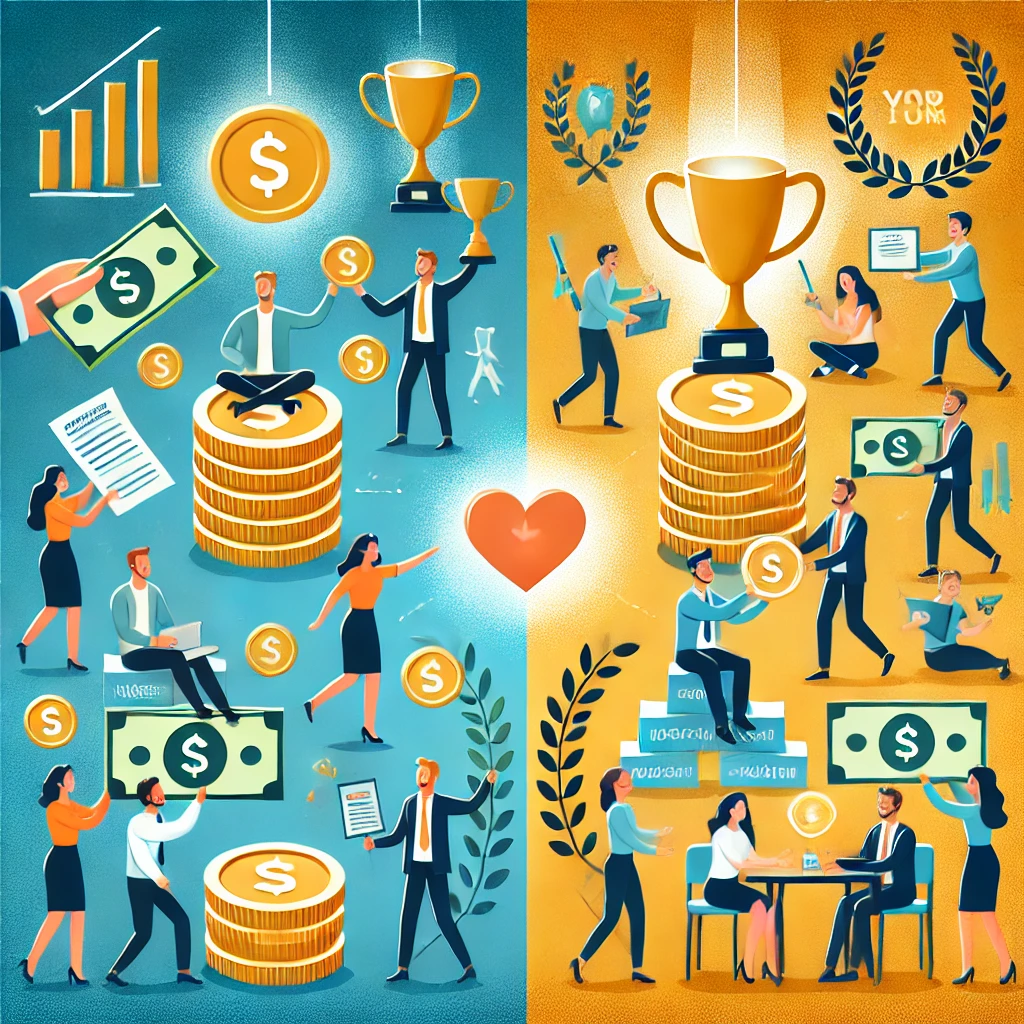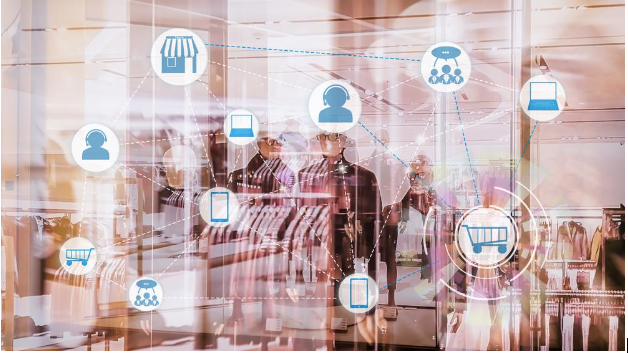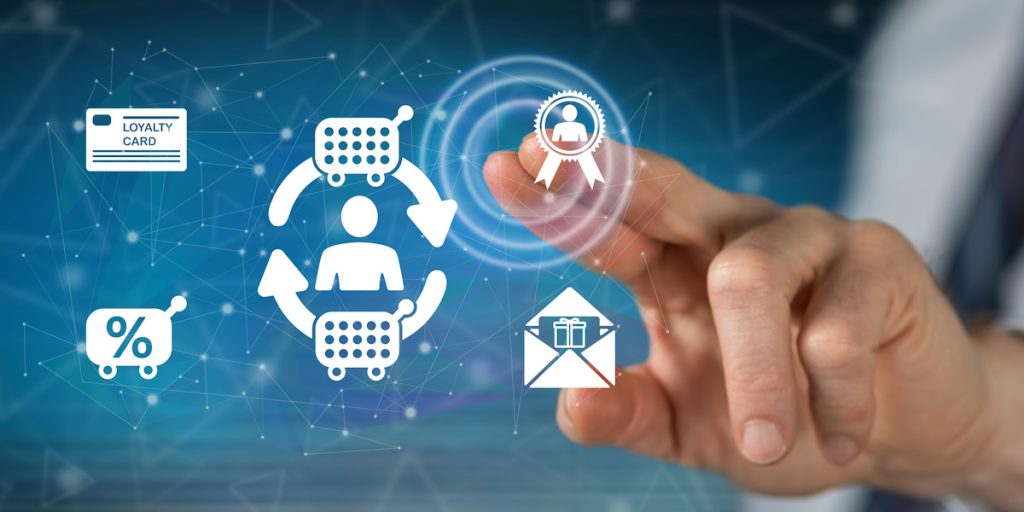Employee rewards has now become a standard tool towards maintaining engagement, motivation, and retention in the fast-changing world of human resources. However, all reward systems are not created equal. Generic, one-size-fits-all approaches often prove ineffective in highly diverse workplaces, resulting in disengagement and losses. The answer? Harnessed power through data to personalize and optimize employee rewards.
Data-driven strategies help an organization learn more about its employees, enabling them to offer rewards that individuals internalize, resonate with them, match their career aspirations, and motivate them. This blog section will discuss how data analytics can formulate customized reward systems that enhance productivity and performance while aligning with the larger organizational goals.
Why Personalization and Optimization Are Critical to Effective Rewards?
Most generic rewards programs that do not take into account the personal preference or motivational driver of each employee fail to fully engage employees. For example, one may find employees vary significantly in what they prefer to be rewarded with; for example, monetary rewards are preferred by one employee, while the other would like flexible work arrangements or career development. Personalized employee rewards will ensure the meaningfulness and relevance of each reward to the recipient.
But personalizing employee rewards is a lot more than that. It is using those data points to fine-tune the incentives process over time. It ensures the continuation of the program while remaining effective and cost-efficient yet following changing preferences from your workers.
Personalization and optimization of employee rewards will combine to boost engagement, as well as enhance talent retention and maximize employee satisfaction. Let’s now see how data access can drive those results for businesses.
The Role of Data in Personalizing Employee Rewards
Data is the backbone of modern HR strategies, including rewards programs. With access to the right data, companies can understand what motivates different employees and design personalized recognition that truly makes an impact. Here are the key steps involved in creating a data-driven rewards system:
1. Gathering Comprehensive Employee Data
The first step in a data-driven approach is collecting relevant data on your workforce. The more diverse your data sources, the better you can understand individual preferences and behaviors. Key data sources include:
- Employee surveys: Asking employees directly about their preferences for rewards can provide valuable insights into what motivates them.
- Performance data: Tracking how employees perform over time can help identify the types of rewards that will encourage high performance.
- Engagement metrics: Attendance at company events, participation in wellness programs, or responses to company newsletters can provide clues about what types of non-monetary rewards might be most appreciated.
Collecting this data ensures that companies craft data-driven, personalized offerings that employees will appreciate, rather than guessing when deciding on rewards.
2. Segmenting Employees for Targeted Rewards
Once you’ve gathered data, the next step is segmentation. Employees vary based on several factors—age, tenure, job role, department, and performance level, among others. Segmenting your workforce allows you to develop reward strategies tailored to the unique needs of different groups.
For example, younger employees may be more motivated by professional development opportunities, while senior employees might appreciate extra time off or financial incentives. Sales teams may prefer performance-based bonuses, while administrative staff might value recognition in team meetings or greater flexibility in their work schedules.
By using data to segment your employees, you can ensure that your rewards are relevant to each group, which increases their effectiveness.
3. Tailoring Rewards to Individual Preferences
Beyond segmenting your employees, it’s also important to focus on individual preferences within those groups. Personalizing employee rewards means catering to what makes each person feel valued. Data on employee preferences, combined with performance metrics, allows for highly customized reward offerings.
For instance, if an employee has indicated a preference for experiential rewards, offering them tickets to a special event or a weekend getaway might be more motivating than a financial bonus. Alternatively, for an employee focused on career growth, offering mentorship opportunities or sponsorship for certifications could be far more effective.
Optimizing Rewards Programs Through Continuous Data Analysis
Personalizing rewards is just the beginning. To ensure your rewards program remains effective, it’s essential to continually analyze and optimize it based on data. Here’s how businesses can refine their rewards system over time:
1. Measuring the Impact of Rewards on Performance and Engagement
Once a rewards program is in place, use data to measure its success. Key metrics include:
- Employee engagement: Are employees more engaged and involved after receiving personalized rewards?
- Retention rates: Are high performers staying longer due to rewards that align with their needs?
- Productivity metrics: Are employees achieving more when they are motivated by customized rewards?
By regularly reviewing these metrics, companies can determine which rewards have the most significant impact on engagement, performance, and retention.
2. Gathering Continuous Employee Feedback
Data analysis is powerful, but nothing beats direct feedback from employees. Regularly asking for feedback about the rewards program can reveal which aspects are working and which need improvement. Employees appreciate having their voices heard, and this ongoing communication helps fine-tune the system for maximum effectiveness.
For example, feedback might reveal that certain rewards (like public recognition) make some employees uncomfortable, while others might crave more personalized gestures such as one-on-one acknowledgments. This feedback loop is crucial for keeping the rewards program aligned with employee needs.
3. Using Predictive Analytics to Enhance Future Rewards
With the right data tools, companies can go beyond simply responding to employee preferences—they can predict them. Predictive analytics allows businesses to analyze patterns in employee morale and productivity, identifying trends that help optimize future reward strategies.
For example, if analytics show that employees who receive recognition early in their careers are more likely to stay long-term, you might shift more resources toward early recognition initiatives. Predictive analytics helps HR teams stay ahead of employee needs, ensuring that the rewards system is always improving.
Types of Data-Driven Employee Rewards
To effectively personalize and optimize employee rewards, businesses should offer a range of reward types. Data allows companies to diversify their rewards offerings, making sure there’s something for everyone. Here are several types of rewards that can be tailored using data:
1. Financial Rewards
Financial rewards remain a cornerstone of most employee reward systems. These rewards are simple and can personalize based on performance data.
- Bonuses: Performance-based bonuses for individual achievements or team success.
- Stock options or equity: Long-term financial incentives for employees invested in the company’s future.
- Commission structures: Tailored commission plans that reward top-performing sales employees.
2. Non-Monetary Rewards
Non-monetary rewards often carry more emotional weight and can be highly personalized:
- Flexible working arrangements: Data can reveal which employees prioritize work-life balance, allowing companies to offer flexible schedules or remote work options.
- Learning and development: Investing in training programs or career development opportunities for employees who value growth.
- Public recognition: Celebrating achievements in company meetings, newsletters, or on social media for those who value peer acknowledgment.
3. Custom and Unique Rewards
Data also enables companies to offer unique rewards that make employees feel genuinely appreciated:
- Experiential rewards: Offering experiences like travel, tickets to events, or adventure activities.
- Customized gifts: Providing rewards that reflect an employee’s personal interests, such as hobby-related items or wellness packages.
- Health and wellness incentives: Gym memberships, wellness retreats, or mental health support tailored to employees who value personal well-being.
4. Personalized Recognition
While rewards are critical, recognition is equally important. Personalized recognition can be even more meaningful than material rewards. It shows that the company values not just what an employee does but who they are as an individual. Some ideas include:
- Private one-on-one recognition: Tailored feedback sessions where managers thank employees for specific achievements.
- Celebrating personal milestones: Recognizing birthdays, work anniversaries, or personal accomplishments to make employees feel seen and valued.
The Benefits of a Data-Driven Rewards Strategy
Implementing a data-driven approach to personalize and optimize employee rewards offers several key benefits:
- Increased Engagement: Employees are more likely to be engaged when they receive rewards that reflect their personal motivations and preferences.
- Improved Retention: Personalized rewards that resonate with employees help reduce turnover by fostering loyalty and job satisfaction.
- Boosted Productivity: When employees feel appreciated and recognized, they are more motivated to contribute at a high level.
- Enhanced Employee Experience: Personalized rewards contribute to a positive company culture where employees feel valued and understood.
Conclusion: Using Data for an Informed Rewards Strategy
This is the future of reward employee programs, and it’s time to look toward personalization and optimization as levers to help businesses avoid blanket reward strategies and deliver targeted, relevant incentives that drive motivation, performance, and engagement.
A well-conceived, data-based rewards program enhances an employee’s sense of value and recognition but also serves a larger goal related to a company’s success as a whole.
Frequently Asked Questions
What is personalization of employee rewards?
Personalization of employee rewards involves giving rewards that target the specific preferences, motivations, or behaviors of individual employees or groups.
How can data enhance employee reward programs?
Data help companies understand their employees’ preferences, segment the workforce, and create rewards tailored to fit business and individual objectives.
What are some good ideas for using data in order to reward an employee?
Rewarding employees through data would mean that options will always be available for certain employees, but the aim is to ensure it is appropriate for the organization.
The prizes are in the form of monetary bonuses, flexible work hours, learning experiences, public recognition, and any other rewards tailored to individual employee preferences.
How does continuous optimization contribute to awards?
Continuous optimization optimizes the program for rewards by maintaining continuity and effectiveness within the process because of the real-time use of data and feedback.
How Can You Leverage Data to Personalize and Optimize Employee Rewards?




